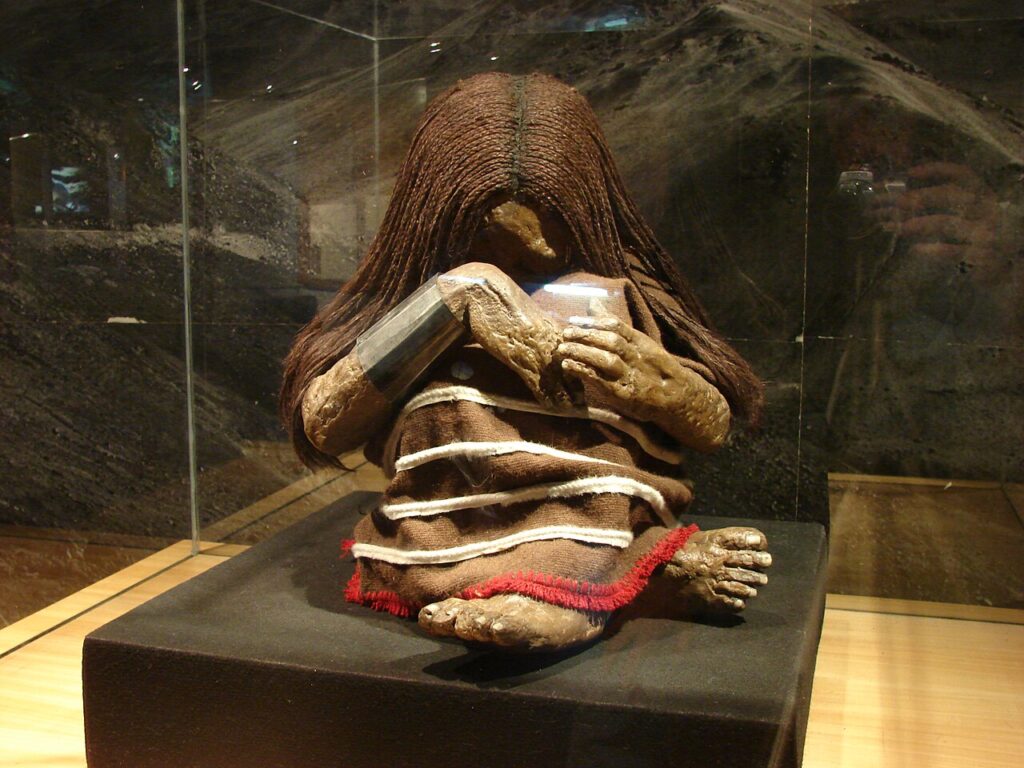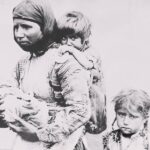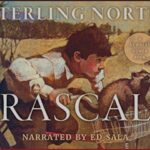Abortion
Child sacrifice: We are worse than the Incas
In the Larco Museum in Lima, Peru, showcases exhibit grim artifacts of human sacrifice. There are “sacrificial cups,” used by the pre-Inca Moche civilization to collect the blood of warriors after their throats were cut to offer to the priests. The representatives of the thirsty deities and the oval-shaped knives are displayed next to them. According to the description next to the display, the Moche “considered human sacrifice as necessary for the maintenance of order in the world” to placate the gods.
I recently toured ancient sites in Peru, and the reality of human sacrifice—and child sacrifice—came up often. Incan architecture is breathtaking, from the massive compound of Sacsayhuaman, the temple at Pisac, to the magnificent lost city of the Incas, Machu Picchu, nestled in the cloud-shrouded Andean peaks. In Cusco, the imperial city of the Incas, the ritual of “capacocha” was performed to appease the gods or to mark important occasions, with children selected for purity, dressed in fine clothing, and then strangled, struck, or drugged.
Amidst the sophistication of the Inca civilization, the reality of human sacrifice is stark. The Spanish conquerors, who frequently rivalled their victims in brutality, were happy to use these practices as justification for their own barbarism, and chroniclers like Pedro Cieza de León, Juan de Betanzos, and Bernabé Cobo described child sacrifices in lurid but accurate terms. The Incas were not as savage as some other Mesoamerican civilizations such as the Aztec or the Maya, but human sacrifice was nonetheless accepted as a normative practice.
The echoes of pagan practice still linger in Peru. At the Inca ruin of Moray, some 3,500 meters above sea level, our Christian guide told us that access to ancient places has been restricted because some still come to perform their age-old ceremonies by night, especially the burying of aborted llama fetuses as a sacrifice to Pachamama. Mountain villages such as Ollantaytambo, the last stronghold of the Inca insurgency against the Spanish, are both archaeological sites and living history. Many still dress the way they did in centuries past and walk streets laid half a millennia ago.
Interestingly, human sacrifice has also been a frequent topic in the West. CBS recently published a story on the discovery of a Mayan altar in Tikal National Park in Guatemala, which was used “especially” for the sacrifice of children. Shockingly, the remains of three children under four years old were found on three sides of the altar. Archaeologist María Belén Méndez triggered an uproar when she justified child sacrifice as nonviolent: “We see how the issue of sacrifice exists in both cultures. It was a practice; it’s not that they were violent, it was their way of connecting with the celestial bodies.”
We should not be surprised at Méndez’s defense of child sacrifice. After all, Westerners have butchered millions of babies in abortion clinics since the sexual revolution, and feticide is a progressive sacrament. Director Mel Gibson appeared to reference this in a discussion with Joe Rogan on the sacrificial practices of the Mesoamericans featured in his film Apocalypto. He cited human sacrifice as an indicator of impending civilizational collapse and stated: “We do that. We do.”
Gibson is right, but I would make one proviso. We are far worse. The Incas and other Mesoamericans sacrificed human beings to their gods because they believed that children were the most valuable sacrifice they could make. Every day across the post-Christian West, we kill our children with pills, forceps, and suction aspirators as if they mean nothing at all. As a display in the Larco Museum stated: “The society offered its gods one of its most valued assets in exchange for the well-being of the community.”
But we throw our children away as if they are worthless.
READ THE REST OF THIS COLUMN AT WORLD MAGAZINE








